Some of you may wonder why we have published on our blog an article on mental disorders of the elderly. It is a serious problem affecting not only the ill ones but also their families. That is why many spouses, children and grandchildren turn to us for help. Approximately 12% to 50% of people over 65 years old suffer from mental disorders, the most common afflictions are: depression, reduced level of consciousness, Alzheimer‘s disease, dementia and psychosis.
Alzheimer‘s disease
The first symptoms are difficulties in learning new things, behaviour disorders, lack of interest and touchiness. Then consciousness disorders, problems with orientation in time and space and also linguistic disorders. In the advanced stage there are visual and auditory hallucinations, problems with rational thinking, delusions and even aggressive behaviour.
Dementia
There are two common types of this affliction: Lewy body dementia and frontotemporal dementia. The first type may develop rapidly, over few hours or even a few dozen of minutes. The most common symptoms are: visual hallucinations, mood disorders and also persecution complex. Consciousness disorders are usually short but they can occur at any time of the day. The frontotemporal dementia develops much slower and is characterized by apathy, social maladjustment and worse spatial cognition.
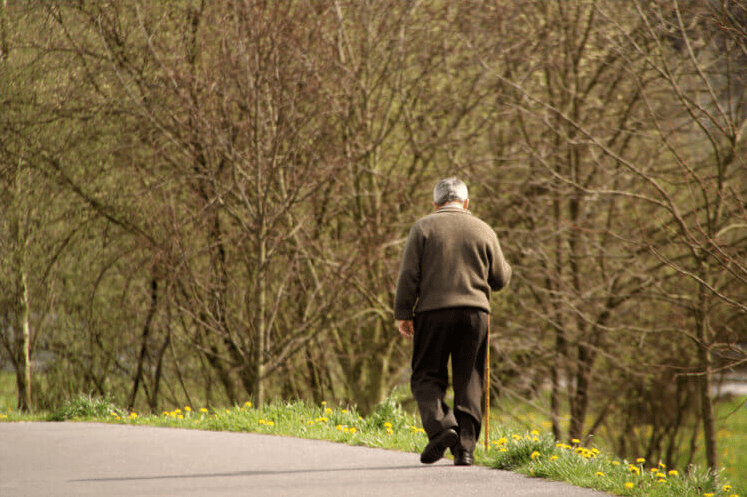
These two diseases may have the biggest influence on your loved ones. The most common symptoms of this type of afflictions are lack of orientation, memory lapses, difficulties in faces and people recognition. A casual walk to a store may have serious consequences if the senior gets lost. There are also other unpleasant circumstances that everybody is prone to like a heart attack or a stroke. Even a broken arm may have dire consequences.
How to prevent the elderly from going missing:
- Control the seniors, note down where they go, who they meet and what their plans are.
- In case of an accident and hospitalization personal data and medical history are crucial, thus you need to URGE the seniors to have their ID with them.
- Sew in their clothes a note with the senior‘s name, address and contact number (plus their diseases).
- Make sure they regularly take their medicines in appropriate doses.
- If the senior knows how to use a mobile phone, save the first contact number as ICE (In Case of Emergency). If something happens, the rescuers calls this number to ask for information on the injured.
- Have a present photo of the senior so that it is easier to identify them in case of going missing.
- Buy them a GPS tracker. They just need to press one button to alarm everybody if help is needed. You can also always check on them to see where they are in a given moment.
More on GPS trackers:
Using a tracker will not of course make the disease go away but it can prevent the elderly from unpleasant situations like going missing. Main advantages of these devices are reliability and many useful features like:
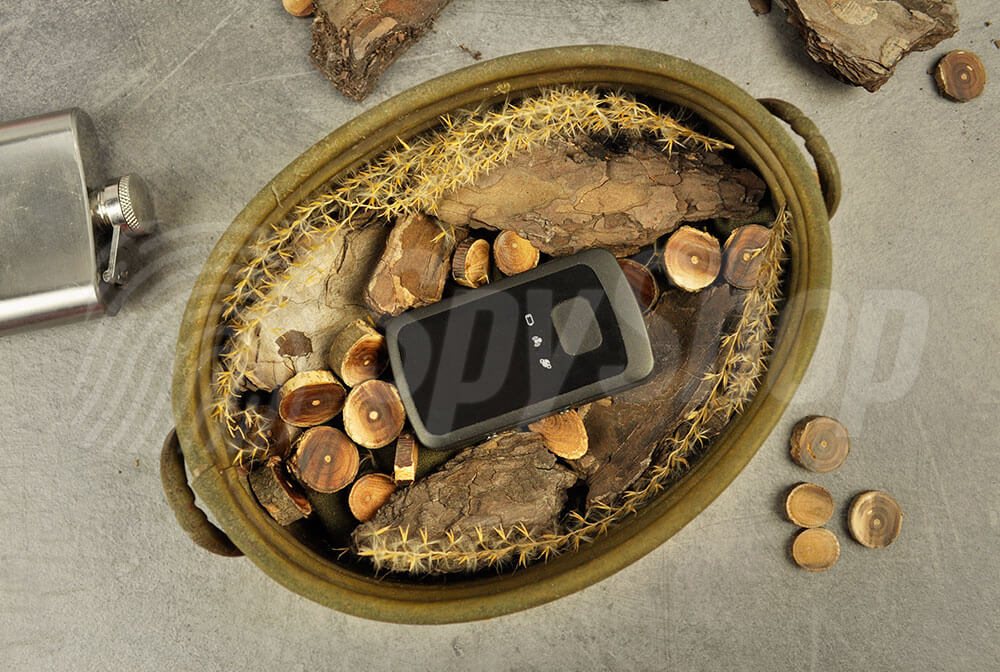
SOS button – highly useful in various situations, in case of emergency just press it to call three times (or once) to a previously defined numbers. It calls as long as somebody picks it up.
Geofencing – this function enables to define the area range (neighborhood, city) in which the senior should stay. After crossing it you receive an alert in the administrative panel or a text/e-mail message.
Phone function – tracker can be used as on ordinary phone as it is equipped with a microphone and a speaker.
Waterproof – no need to worry about rain or spilling liquids on the device. Its case is solid, strong and waterproof.
Precision – the location accuracy of majority of trackers usually ranges from 2 to 15 meters (depending on the weather and place), they are extremely useful in big cities and on crowded streets or in buildings.
Pocket size – they are usually really small (size of a matchbox) or fit in a wristwatch. This solution is very handy as the device does not interferes with everyday life.
Long working time – efficient batteries let it work for a few or even more than ten days, so you do not have to charge it every day. The battery level can be checked in the administrative panel or by an SMS command.
The best solution for the elderly is the MT90 tracker, which is small but very precise. It may be kept with keys or in a pocket. The battery is very efficient, work time in the standby mode is up to 10 days, and 4 days in the active mode when it reports every 10 minutes.
The GLONASS GL300 is an advanced GPS tracker able to locate a valuable parcel, device or vehicle in every situation requiring professional location monitoring. Its miniature size allows the operator to use it secretly or constantly monitor the safety of a child or an elderly person. Easy online access to tracker‘s data makes it even more user-friendly.
Trackers have become so popular and functional that they can successfully help protect your senior loved ones. If you care about their health and life, do not think twice and buy this device to monitor their safety and well-being.



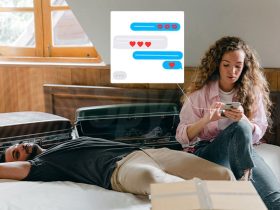

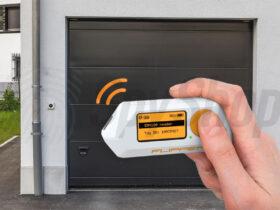
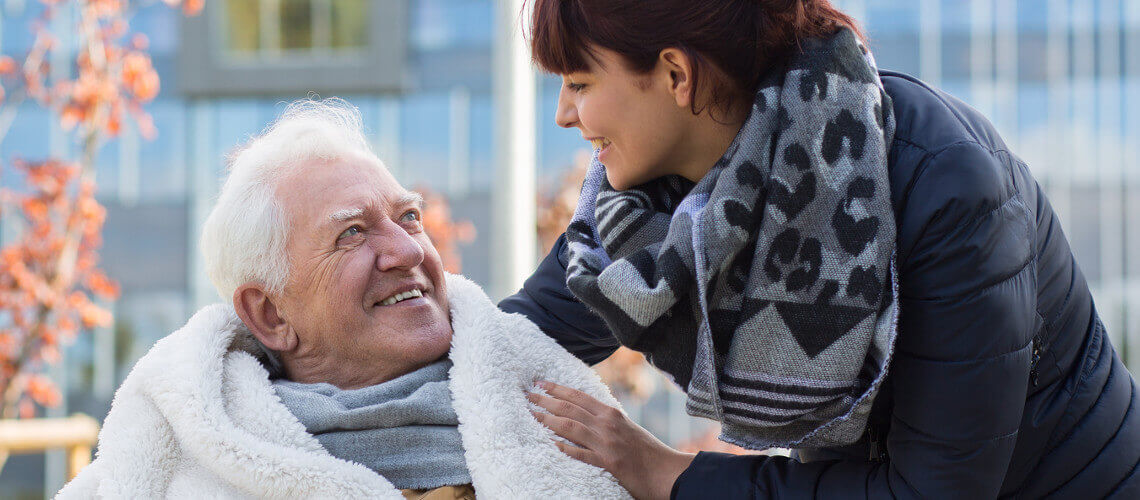
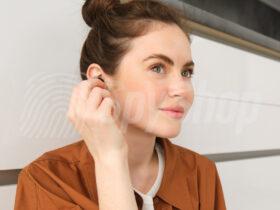
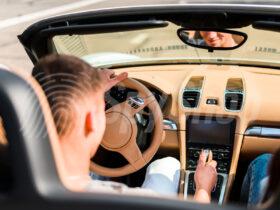
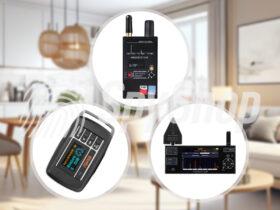
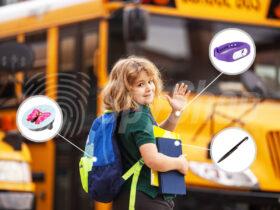
Leave a Reply